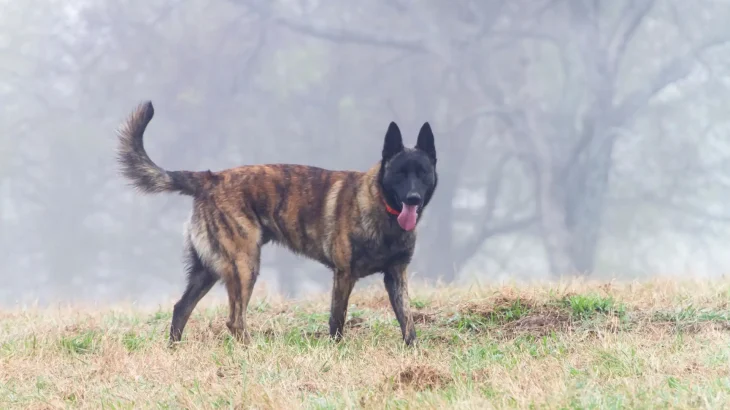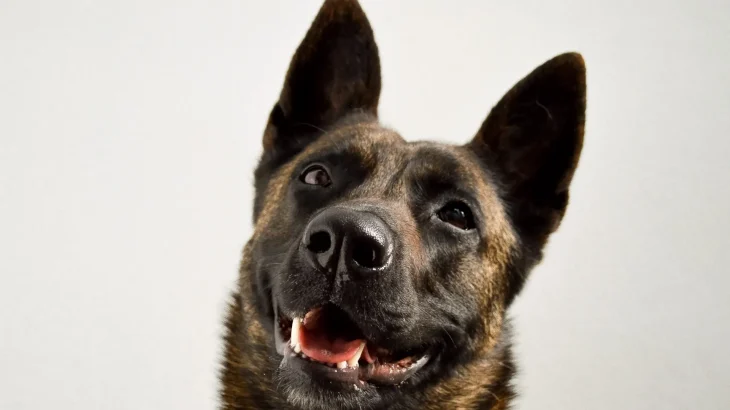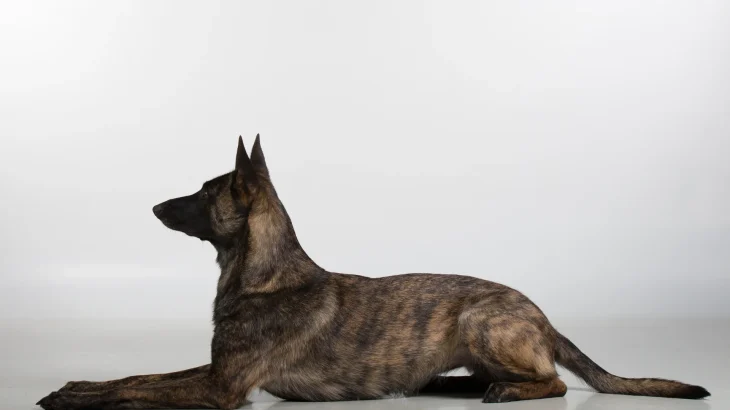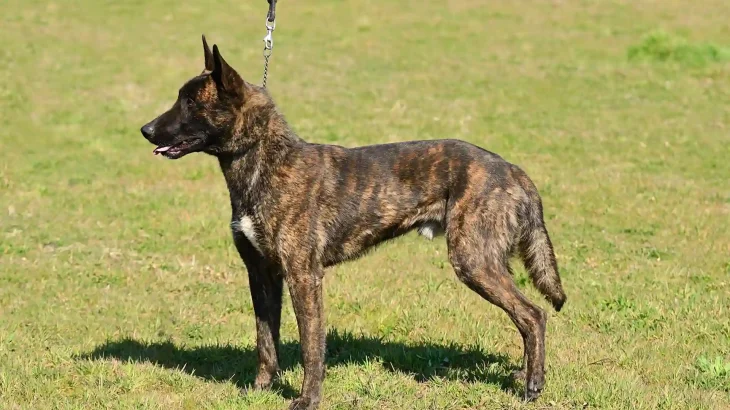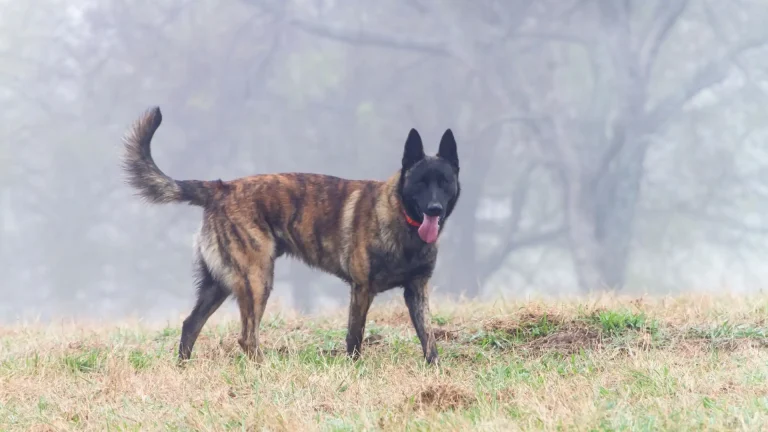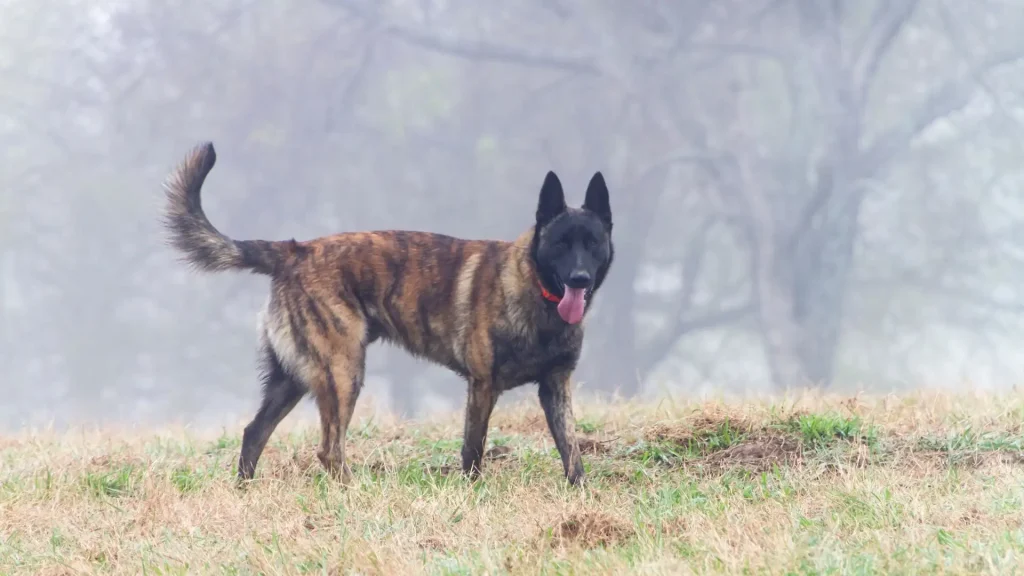Deciding between adopting or purchasing a Dutch Shepherd Dog puppy involves weighing factors like health transparency and ethical considerations. While buying from a breeder may offer more insight into lineage and health, adopting can be a rewarding way to provide a home to a dog in need. Both choices come with their unique advantages depending on your priorities and circumstances.
Adoption vs. Breeder: Pros & Cons
| Criteria | Buying from Breeder | Adopting from Shelter/Rescue |
|---|---|---|
| Cost | Typically higher initial cost due to breed demand and pedigree. | Generally lower fees that include vaccinations and spay/neuter services. |
| Health History | Usually detailed health screenings and genetic history available. | Health history may be incomplete; shelters provide basic health checks. |
| Age Availability | Mostly puppies, ideal for raising from a young age. | Varied ages, including adult dogs ready for immediate companionship. |
| Temperament Insight | Breeders offer insight into lineage temperament traits. | Shelters provide observed behavior but full background may be unknown. |
| Ethical Considerations | Supports responsible breeding if breeder is reputable; risk of supporting unethical breeding otherwise. | Supports animal welfare by providing homes for dogs in need. |
| Breed Purity & Pedigree | Clear documentation of purebred status and pedigree. | May not guarantee purebred status; focus is on care and rehoming. |

